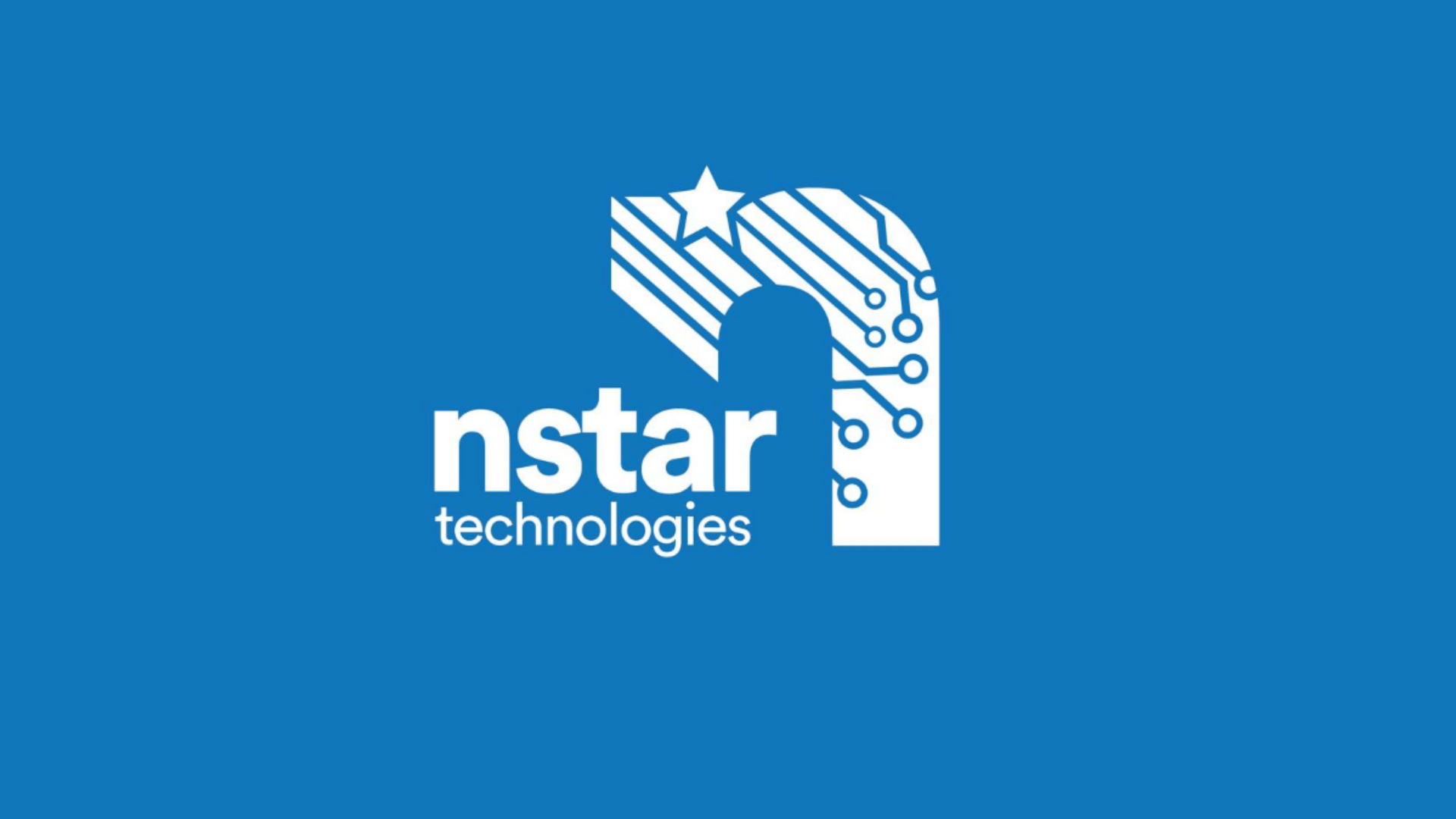
Why Scrum Works: Unveiling the Keys to Agile Success
By NSTAR Technologies
In today’s fast-paced and dynamic business landscape, the ability to adapt and deliver value quickly is crucial for an organization’s success. This is where Agile methodologies, such as Scrum, have gained immense popularity. Scrum is a framework that has proven to be effective in various industries, and in this article, we will explore the reasons behind its success.
Flexibility and Adaptability
Scrum’s success can be attributed to its fundamental principle of flexibility and adaptability. Traditional project management methods often rely on rigid plans and extensive documentation. In contrast, Scrum embraces change as a fundamental part of the process. It allows teams to respond to evolving requirements and market dynamics, making it ideal for projects in environments where change is the only constant.
Iterative and Incremental Development
Scrum promotes iterative and incremental development, which means work is broken down into smaller, manageable chunks called sprints. This approach enables teams to deliver small, usable increments of the product after each sprint. This frequent delivery of working features provides stakeholders with early visibility and fosters ongoing collaboration, reducing the risk of building something that doesn’t meet the customers’ needs.
Empowered Teams
Scrum empowers teams by giving them a high degree of autonomy and self-organization. Teams are cross-functional, meaning they consist of members with diverse skills necessary to complete the work. This structure encourages collaboration, shared responsibility, and a sense of ownership, which leads to higher motivation and productivity among team members.
Continuous Improvement
Scrum incorporates regular feedback and retrospectives, where teams reflect on their processes and make adjustments. This emphasis on continuous improvement fosters a culture of learning and adaptability. Teams can identify areas for enhancement and implement changes to optimize their productivity and the product they are developing.
Transparent Communication
Transparency is a core principle in Scrum. It ensures that all stakeholders have a clear view of the project’s progress, any impediments faced by the team, and the product’s status. Daily stand-up meetings, regular reviews, and constant communication between team members and stakeholders create an environment where issues are identified and addressed promptly.
Customer-Centric Approach
Scrum puts the customer at the center of the development process. Through practices like user stories and regular product demonstrations, teams gain a deep understanding of the customer’s needs and preferences. This customer-centric approach enables the development of products that are more likely to meet or exceed customer expectations.
Predictable and Consistent Delivery
The combination of short, time-boxed sprints and the focus on delivering working features at the end of each sprint makes Scrum more predictable and consistent in terms of project delivery. This predictability aids in resource planning, reduces project risks, and helps organizations meet their commitments.
Reduced Risk
Scrum’s iterative and incremental approach allows for early identification and mitigation of risks. By addressing potential issues in small increments, the overall project risk is significantly reduced. This approach minimizes the chances of a project failure or unexpected issues emerging late in the development process.
Conclusion
Scrum’s success in the world of Agile is due to its focus on adaptability, transparency, and collaboration. By embracing change, promoting iterative development, and empowering cross-functional teams, Scrum provides a framework that delivers value to both the organization and its customers. This customer-centric approach, coupled with continuous improvement and a reduced risk profile, makes Scrum an invaluable methodology for businesses looking to thrive in an ever-changing and competitive environment. Embracing Scrum’s key principles can unlock the door to agile success and provide a roadmap for organizations aiming to stay ahead in today’s rapidly evolving business world.
